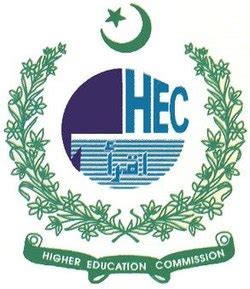Role of Gender in Household Health Expenditure Allocation in Pakistan
DOI:
https://doi.org/10.51732/njssh.v8i1.120Keywords:
Health Expenditure, Gender Discrimination, Hurdle Model, PakistanAbstract
In this study, gender patterns in allocation of health expenditure have been investigated for Pakistan. Using Household Integrated Expenditure Survey (HIES) data for the year 2010-11, the conventional Engel curve as well as the Hurdle Methodology have been employed to detect gender biasness. Gender discrimination has been studied at three decision stages: reporting sick, consulting medical practitioners, and incurring positive medical expenditure. Results indicate that the nature of discrimination varies by age cohort and type of health seeking behaviour. There is a pro-female bias among women above the age of 40 in health expenditure allocation and a pro-male bias in consulting a doctor in working age group (26-40). These results reflect the possibility that females above 40, in Pakistan, are in general more likely to develop severe sickness and thus incur higher medical expenditure. The results also reveal an interesting reversal of the pro-male bias in health expenditure that is present for younger age cohorts particularly in the working age sample. Additionally, there is variation in the likelihood of consulting a doctor in younger age group in rural areas and lower income group.








